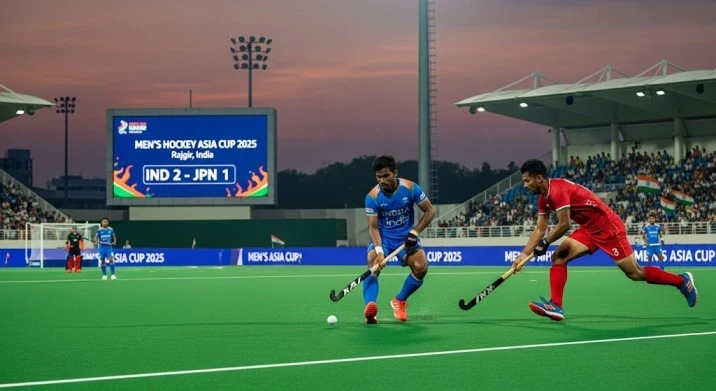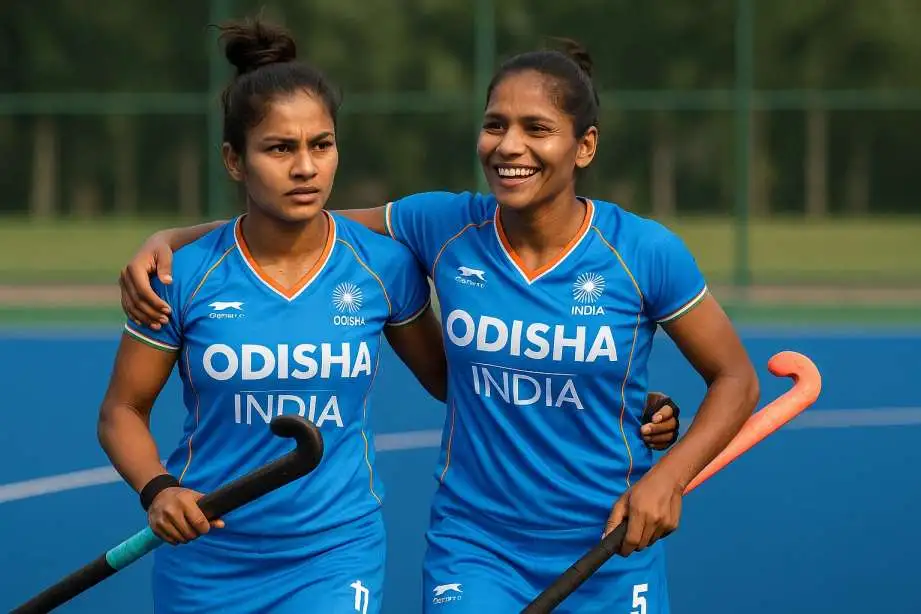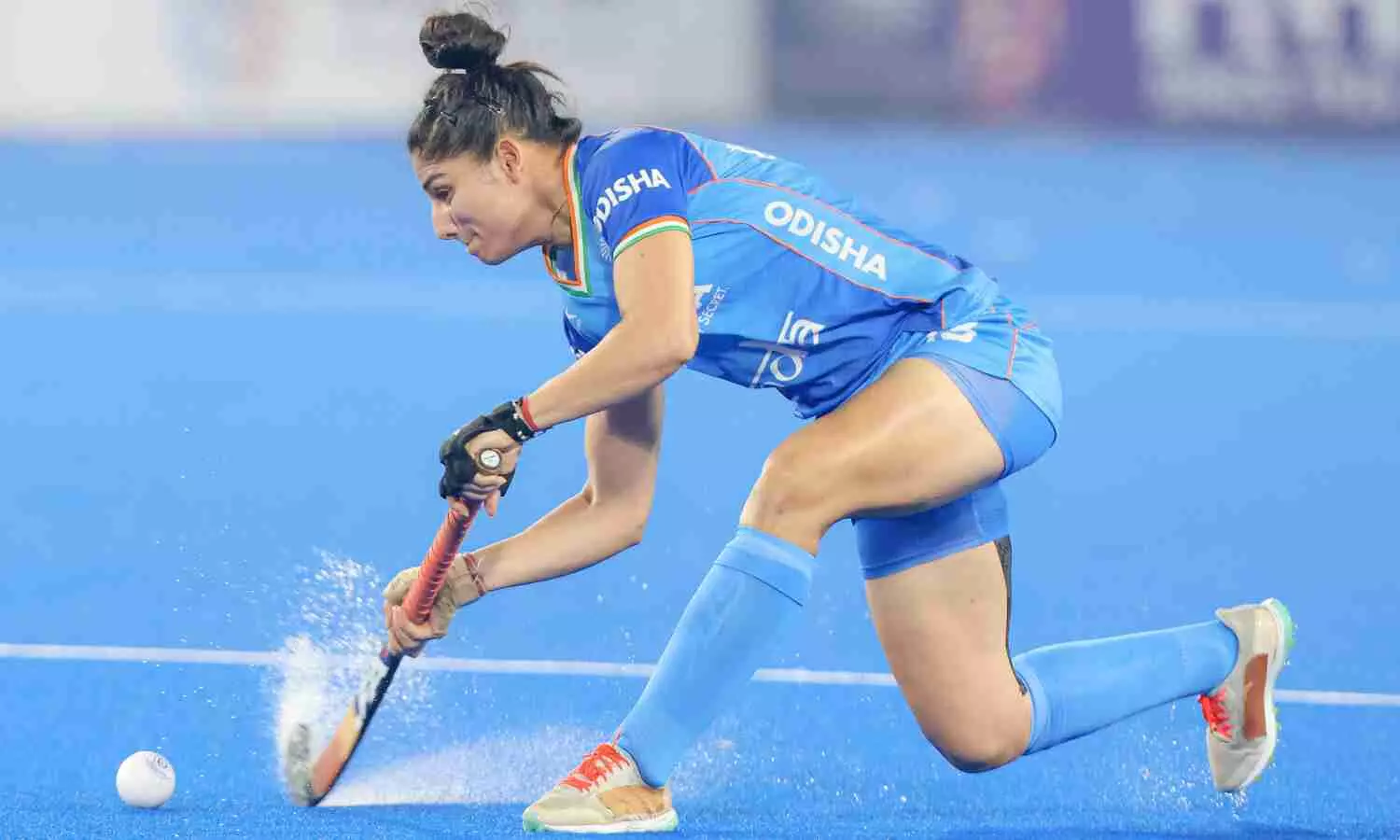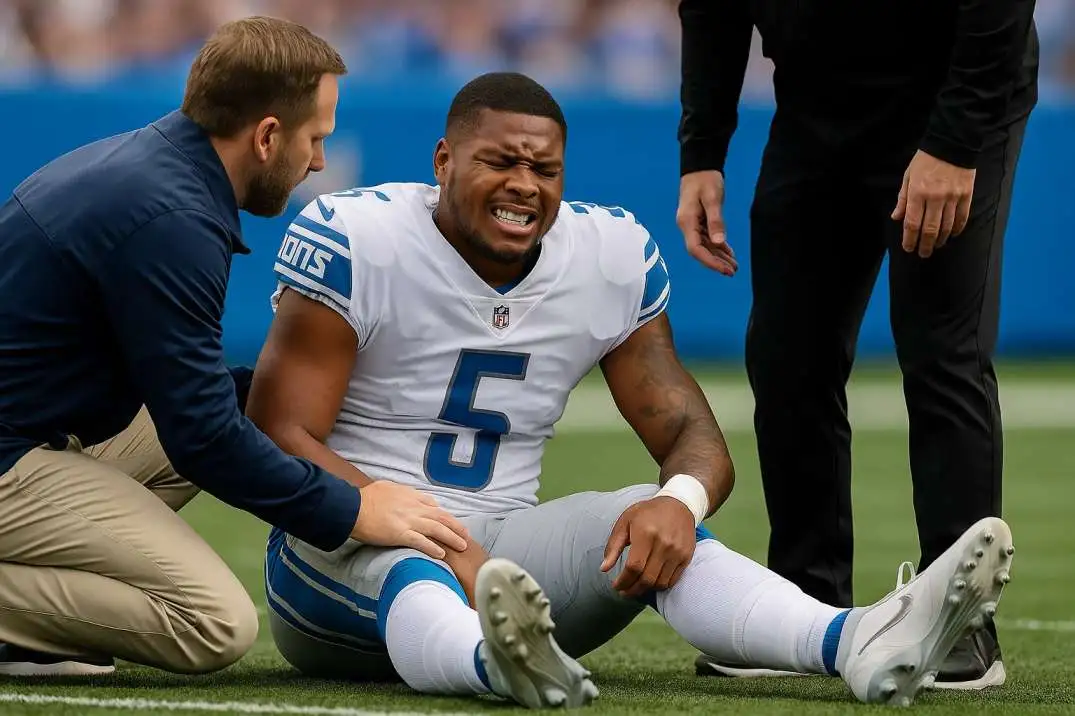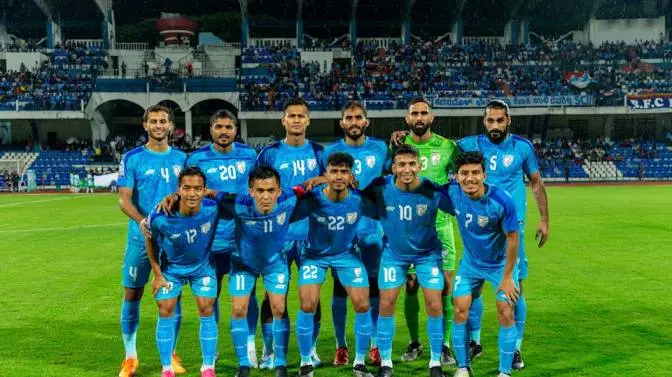In this article, I will guide you onHow Many Periods in Hockey? Most games play their games in quarters or parts. In any case, in hockey, the play happens in periods. This utilization of periods is less obvious than a quarter or parts.
What number of these periods do NHL games have? Are the periods overall a similar timeframe? Is extra time a period? This article will detail hockey's periods and cover what extra time means for a game's typical standards.In a field hockey match, two groups with 11 players each, utilization extraordinarily planned sticks to play for an hour and score objectives to win a challenge.
With attachments tracing all the way back to 500 BC, the beginning of field hockey can be traced to the early civilizations of antiquated Greece and Egypt. There are crude drawings and carvings on walls that portray individuals playing with a ball and a stick, showing hitting likeness with cutting-edge hockey.
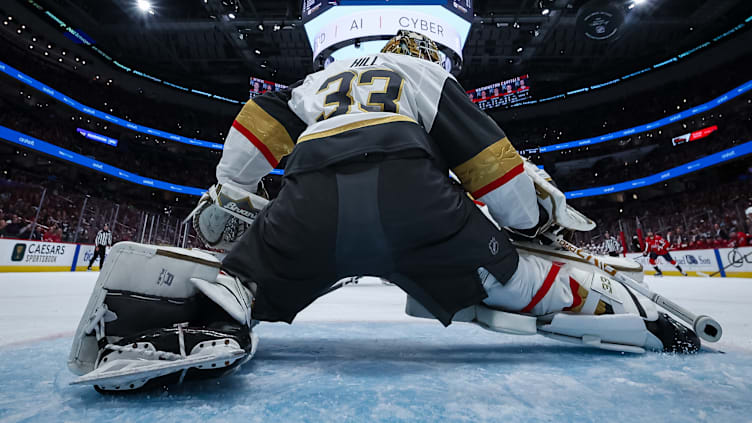
Nonetheless, the hockey that we see today has seen extremist changes, and the cutting-edge game is played as per a bunch of rules and guidelines formed by the overseers of the game. The hockey manages today are made by the Standards Board of trustees, which works under the overseeing group of hockey, the Fédération Internationale de Hockey (FIH), or the Worldwide League of Hockey.
How Many Periods Are in Hockey Game?
Learn more information here.How Many Periods Are in Hockey? Proficient hockey games generally have three periods. At the NHL level, there are 20 minutes of play in a period. Sporting and youth hockey periods are ordinarily somewhere in the range of 15 and 20 minutes each.
IsThere a 4thPeriod inHockey?
No, there isn't. Nonetheless, what many might be alluding to by the fourth period is what they call additional time. Games tied toward the finish of three periods go into extra time, a more limited time of additional time. Assuming it's the customary season, that is.
Extra time is five minutes in the customary season, yet it changes to a 20-minute unexpected passing style in the end-of-season games. How Many Periods in Hockey?
Read Also:Columbus Blue Jackets: A Symbol of Casual Elegance 2024
Yet, it isn't precisely seen or alluded to as the fourth time frame; it's considered more to be additional time. All in all, nobody considers additional time the "fourth period." It's just called "additional time.
Additional time plays count toward player and goaltender measurements as they would during guideline play. Additional time is an expansion of guideline play, so its result is reflected in the detail sheet. Assume an objective isn't scored in the standard single extra time period. All things considered, most associations finish the game in a shootout. The shootout doesn't consider a period and happens without time on the clock.
Dissimilar to extra time, shootout plays (for example, objectives, saves) don't figure in with the ordinary details of the shooters and the goalies. Separate shootout details are kept, yet the actual shootout just decides the last champ of the game.
WhenDidThe NHLStart 3-on-3Overtime?
The NHL's extra time rules changed in the 2015-2016 season, changing to a 3-on-3 organization. The association did as such to energize really scoring and less games finishing in a shootout.
In the NHL end-of-season games, there is no 3-on-3. All things considered, it is 5-on-5 unexpected passing extra time until one group scores. Since the NHL ice surface is enormous, three-on-three extra time play makes substantially more offense as there is more space on the ice.
HowLongDoHockeyGamesLast?
Do you need professional information about the Hockey Period game andhow long do hockey games last? The NHL traded from a 5-on-5 configuration to 4-on-4 in the 1999 season. This extra time design went on until 2015-2016, when the NHL embraced the 3-on-3 framework.
Why Does Hockey Have 3 Periods Instead of 4 Quarters?
As the players play on the ice surface, snow develops, and grooves in the ice show up. Subsequently, they have Zamboni emerge and restore the ice. This is a broad cycle, commonly requiring about 20 minutes. On the off chance that hockey was played in four quarters, it would expand the length of a game.
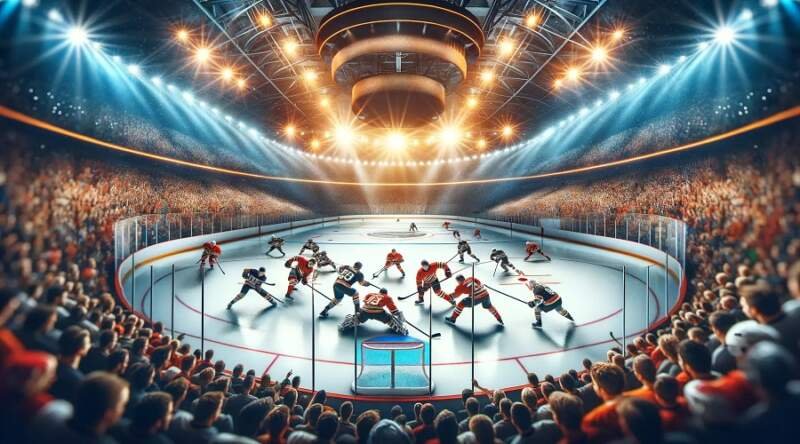
For novices to the game of hockey, this inquiry of "periods" can be confounding. Sports, for example, baseball and football play in "quarters," which alludes to four pieces of an entire game. Soccer plays "parts," isolating the game into two sections.
However, hockey is played in periods. Each hockey game generally has three of these periods. These periods can shift long contingent upon the degree of hockey being played.
Yet, three periods, every one of a similar time, are standard, paying little heed to term. Everybody engaged with the game, from the players to observers and analysts, alludes to the periods as the "primary period," "second time span," and "third period.
Has Hockey Always Been Three Periods?
The standard and construction of a three-period, 20-minute game were first carried out in the Public Hockey Affiliation (NHA) in the 1910-11 season. Before 1910, games were played in two 30-minute parts.
Read Also:Detroit lions vs Dallas Cowboys Match Player Stats
The NHA later redesigned itself and, in 1917, sent off the Public Hockey Association (NHL) that we know today. The NHL has consistently held the three-period, 20-minute game design.
The main special case for the three-time frame structure comes on the off chance that the game is tied toward the finish of guideline time. All things considered, the game changes to unexpected demise extra time periods.
Is Hockey the Only Sport With 3 Periods?
Ice hockey and floor hockey are a portion of the main significant games to have three periods. Numerous other famous games, like baseball and football, are played in quarters, not periods.
Remember, there is compelling reason to need to keep up with the playing surface in a football or ball game. Since the ice surface should be "overwhelmed" with a Zamboni at regular intervals, the NHL decides to play 3 periods.
Why Are Periods Called Periods in Hockey?
In light of the straightforward division of a ball, football, or soccer match, they're called quarters or parts. But since hockey is divided into 3, it's known as a "period" of play. In fact, to keep a similar example as ball, football, or soccer, we could allude to them as "thirds.
Related Post:What Time Is The US Vs Canada Hockey Game Tonight?
All things considered, the game is separated into 3 equivalent times of play. For example, "the main third" doesn't sound like "principal quarter," "first half," or "first period."
How Long Is Each Hockey Period?
A standard game of hockey goes on for 20 minutes. Proficient hockey associations like the NHL, minor star associations, significant junior associations, and European associations generally play in 20-minute time frames.
These three 20-minute time frames consolidate for what is an hour-long game. In proficient associations, a recess isolates the finish of the principal time frame from the very outset of the subsequent period and the second time frame from the start of the third time frame.
These recesses and stoppages in play amount to making the game last longer than the genuine hour of game activity. Be that as it may, recesses, obviously, don't include periods in the game. In sporting and youth associations, periods can be more limited than 20 minutes.
Related Article:Which States Have Sports Betting on Ballot for 2024 Elections?
Typically, however, they don't run for under 15 minutes for each period. 15-minute time spans are frequently utilized on the grounds that field ice appointments may just endure somewhere in the range of 60 and an hour and a half. In this article, I will guide you onHow Many Periods in Hockey?
These games will not have breaks as expert associations do, so the game requirements will squeeze into the briefer timeslot. Brief periods are organized in advance to represent stoppages in play and a transient respite for the between-period reset.
Since ice timeslots run near one another, most sporting associations won't play extra time on the off chance that a game finishes its guideline time in a tie. A few associations will orchestrate a speedy shootout, yet others actually permit games to end in a tie.
FAQ's-How Many Periods in Hockey?
Is hockey 3 periods or 4?
Unlike many other sports that use halves or quarters, ice hockey is played in three periods of 20 minutes each. There is an intermission that typically lasts 15 to 18 minutes between each period, allowing players to rest and plan. If the game is tied, overtime may be added.
Is hockey 70 minutes or 60 minutes?
An international hockey match typically lasts for 60 minutes. Prior to 2019, matches lasted 70 minutes. Playtime in NHL games is 60 minutes, divided into three distinct periods.
Is hockey played in quarters?
There are three twenty-minute periods in a professional ice hockey game, with the clock only running when the puck is in play. Between each of the three periods, there is a rest period. After each period of play, including overtime, the teams swap ends.
Why is there no goalkeeper in hockey?
The decision to pull the goalie is a classic example of balancing risk and reward. By removing the goalie, a team gains an extra skater, increasing their offensive power. However, as the opposing team is able to score from any position on the ice without running the risk of icing, this leaves their net open to attack.
Why three periods rather than four in hockey?
So why does hockey have three periods? It's all about pacing the game and giving players a chance to rest and regroup. The three-period structure makes it possible to distribute play more evenly.
Can you kick the puck in ice hockey?
In every zone, puck kicks will be allowed. Kicking the puck cannot result in a goal, unless a defending player kicks the puck into their own goal. This includes when an attacking player kicks the puck, which goes into the goal after deflecting off of any other player or object.



